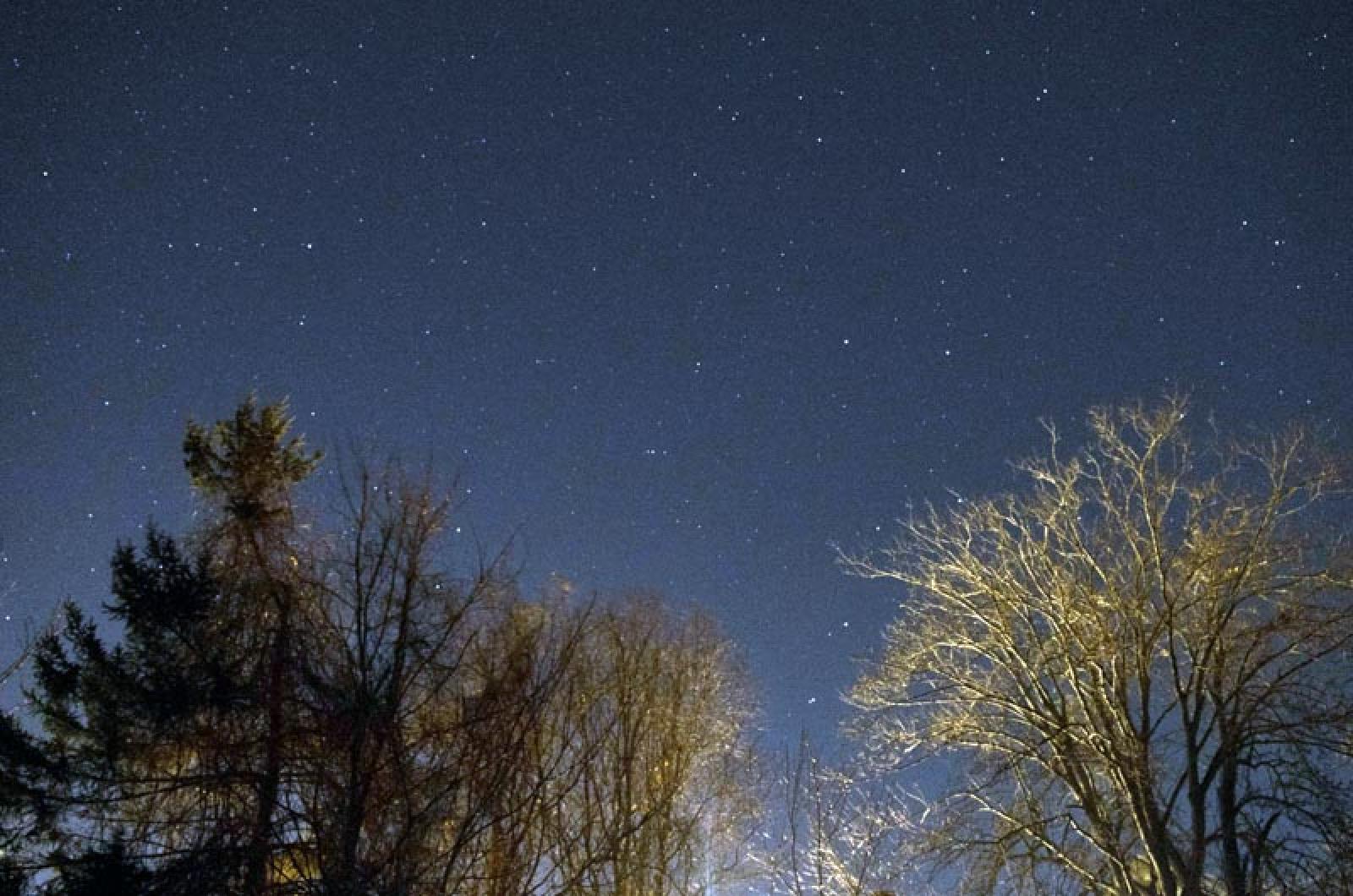As if the Doomsday Clock ticking closer to midnight wasn’t enough, January also brought us a few other challenges.
While we were busy shoveling out, an asteroid did a flyby right over our heads! Actually, the last week of January brought two known asteroids to our celestial space.
The first, asteroid 2004 BL86, flew by at approximately three times the distance of the earth to the moon. The big news in this passing was the discovery that this asteroid has its own moon following it across the sky.
Asteroids are small rocks orbiting the sun. Small is relative, though, since these objects can be up to 600 miles across. They are, however, always smaller than planets. 2004 BL86 is the size of five football fields and this recent passing was the closest it will be until the year 2027.
The name of this asteroid is less creativity and more classification. As there are many asteroids, a system was developed to name them. The system includes the year that they were discovered and codes for the time and location of the discovery.
Earlier sky watchers, however, were more imaginative. The other asteroid that was moving over our heads that last week of January was named Juno. Yes, that is right, Juno, and yes, it was, as far as I can tell, a coincidence.
The blizzard called Juno was named by The Weather Channel, which started naming blizzards in 2012. Their naming system is alphabetical and uses the names of Greek and Roman deities.
Juno the asteroid was discovered and named early in the game. Up until the 17th century, asteroids were unknown to astronomers. The first one, Ceres, was found by Giuseppe Piazza in 1801 and remains one of the most widely known. Not much later, in 1804, Juno (the fourth largest) was observed and named by German astrologist Karl L. Harding.
Asteroid Juno is bigger than 2004 BL86, and would take up most of the space between New York and Boston. It is approximately 128 million miles from earth and has a brightness of 7.89, which means it can’t be seen by the naked eye but can be viewed with binoculars.
Is there any cause for concern with all of these giant rocks flying over our heads? Not so much, according to NASA’s Jet Propulsion Laboratory, which estimates the frequency that asteroids impact the earth.
Their scientists note that generally once per year an automobile-sized asteroid will hit the earth, but it will burn up before reaching the surface. Less frequent is the chance that a football-field sized asteroid will reach the earth and cause damage, estimated at once every 2,000 years. But the one to worry about occurs only every few million years. That is an asteroid so big that it threatens the earth as we know it.
So no matter that we had an historic blizzard; we can be happier that we dodged a bullet on a major asteroid hit. One of my favorite science guys, Bill Nye, explains the worst-case scenario: “If the Earth gets hit by an asteroid, it’s game over. It’s control-alt-delete for civilization.” And, frighteningly enough, one has to wonder if there would be any chance of a reboot.
Suzan Bellincampi is director of the Felix Neck Wildlife Sanctuary in Edgartown, and author of Martha’s Vineyard: A Field Guide to Island Nature.





Comments (1)
Comments
Comment policy »